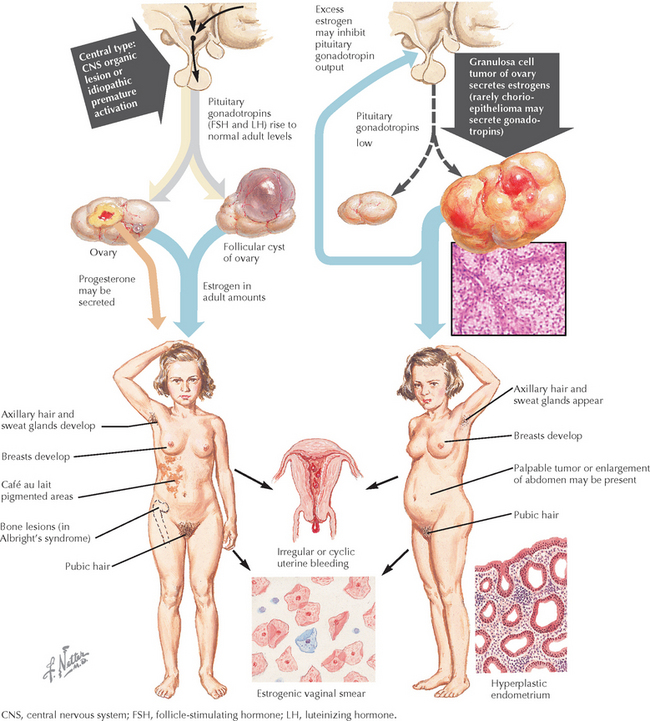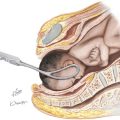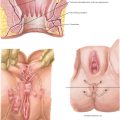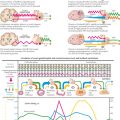Chapter 173 Puberty: Abnormal
THE CHALLENGE
TACTICS
IMPLEMENTATION
American Academy of Pediatrics, American College of Obstetricians and Gynecologists. Menstruation in girls and adolescents: using the menstrual cycle as a vital sign. ACOG Committee Opinion 349. Obstet Gynecol. 2006;108:1323.
American College of Obstetricians and Gynecologists. Breast concerns in the adolescent. ACOG Committee Opinion 350. Obstet Gynecol. 2006;108:1329.
Gulledge CC, Burow ME, McLachlan JA. Endocrine disruption in sexual differentiation and puberty. What do pseudohermaphroditic polar bears have to do with the practice of pediatrics? Pediatr Clin North Am. 2001;48:1223. x.
Lobo RA. Primary and secondary amenorrhea and precocious puberty. In: Katz VL, Lentz GM, Lobo RA, Gershenson DM, editors. Comprehensive Gynecology. 5th ed. Philadelphia: Mosby/Elsevier; 2007:934. 951.
Loriaux DL. The pathophysiology of precocious puberty. Hosp Pract (Off Ed). 1989;24:55.
Neinstein LS. Menstrual problems in adolescents. Med Clin North Am. 1990;74:1181.
Sizonenko PC. Preadolescent and adolescent endocrinology: physiology and physiopathology. II. Hormonal changes during abnormal pubertal development. Am J Dis Child. 1978;132:797.
Styne DM. New aspects in the diagnosis and treatment of pubertal disorders. Pediatr Clin North Am. 1997;44:505.
Styne DM, Kaplan SL. Normal and abnormal puberty in the female. Pediatr Clin North Am. 1979;26:123.








